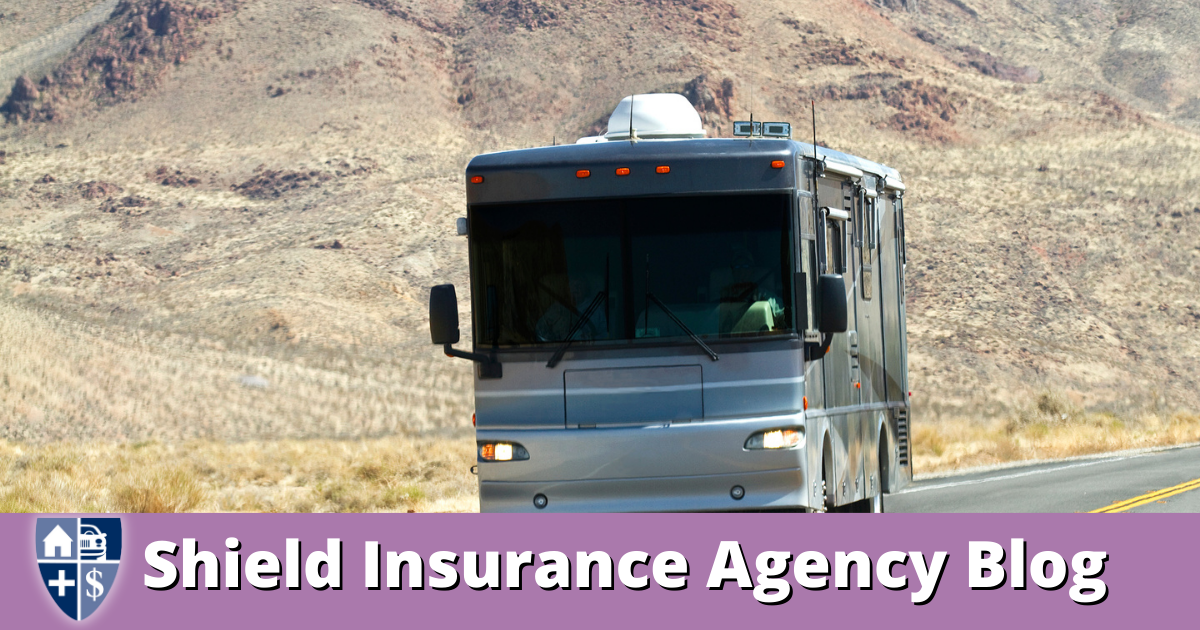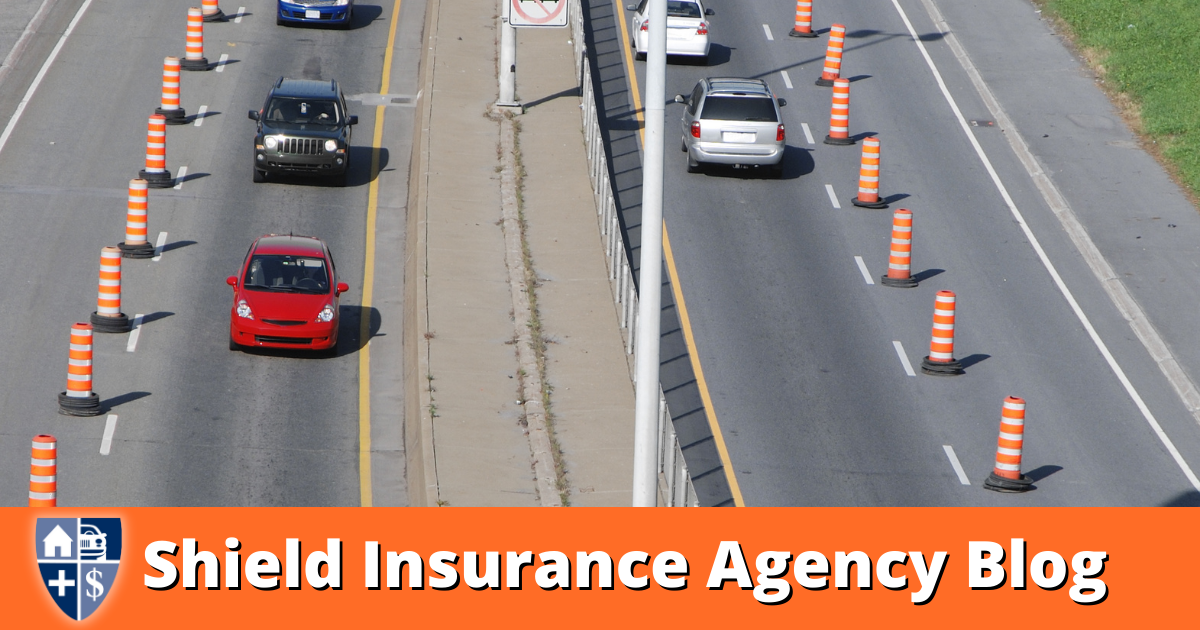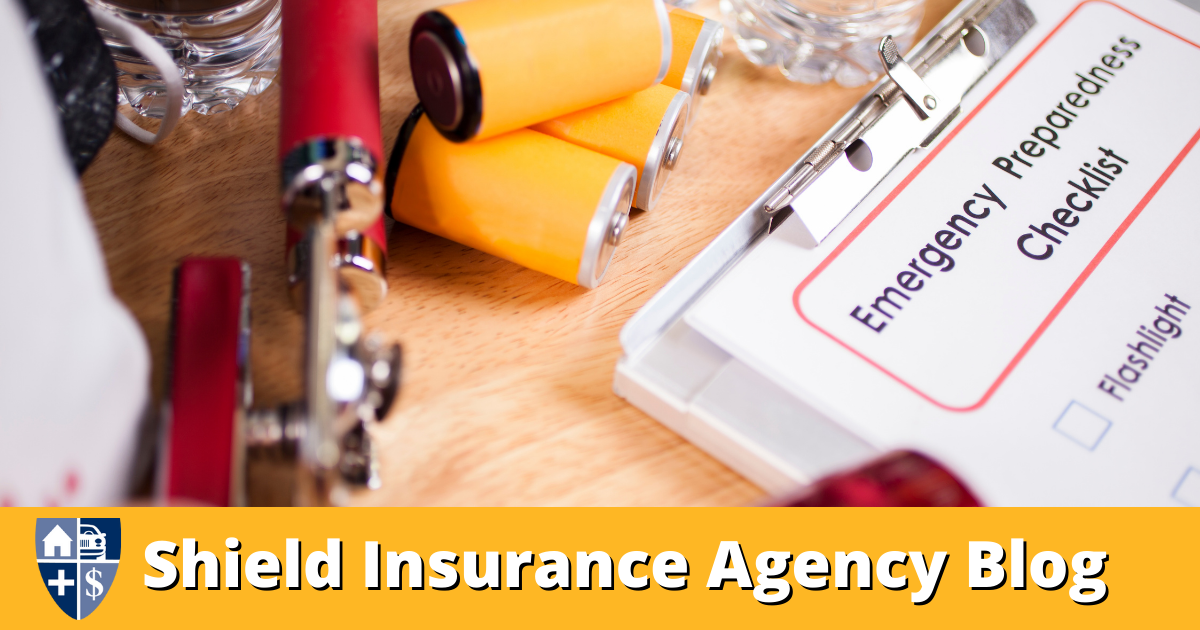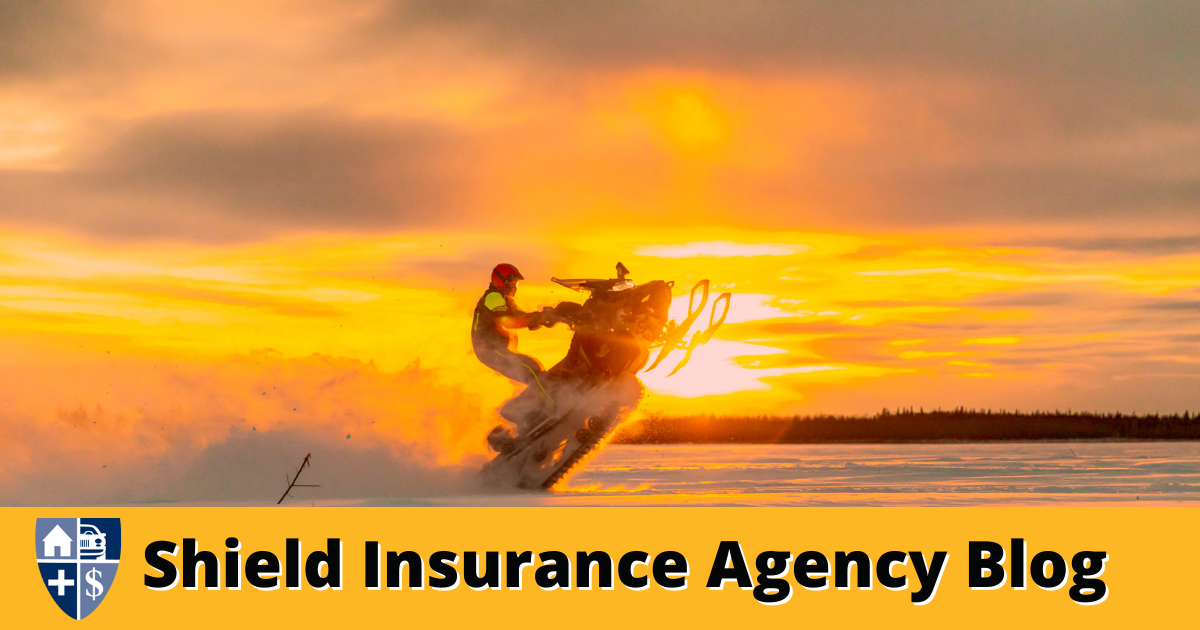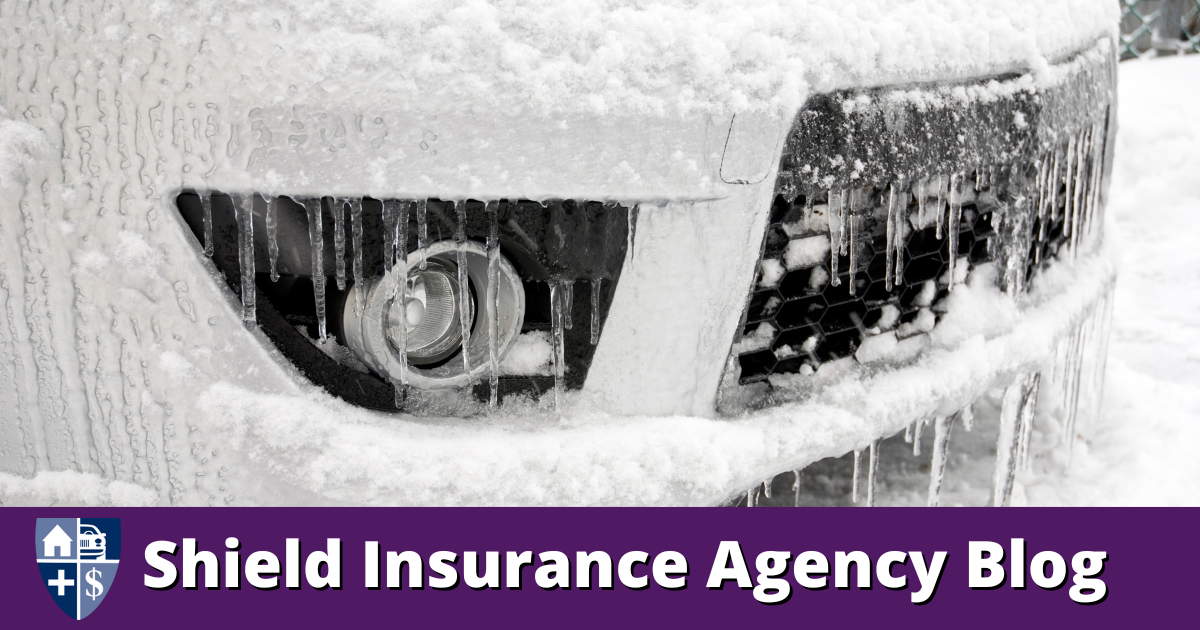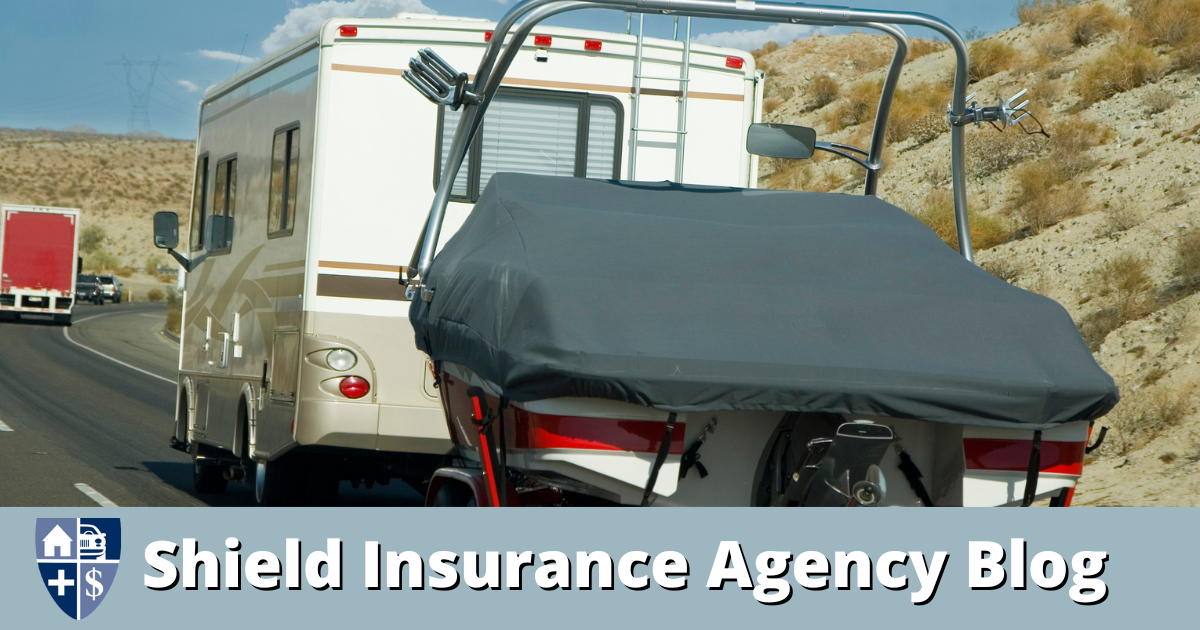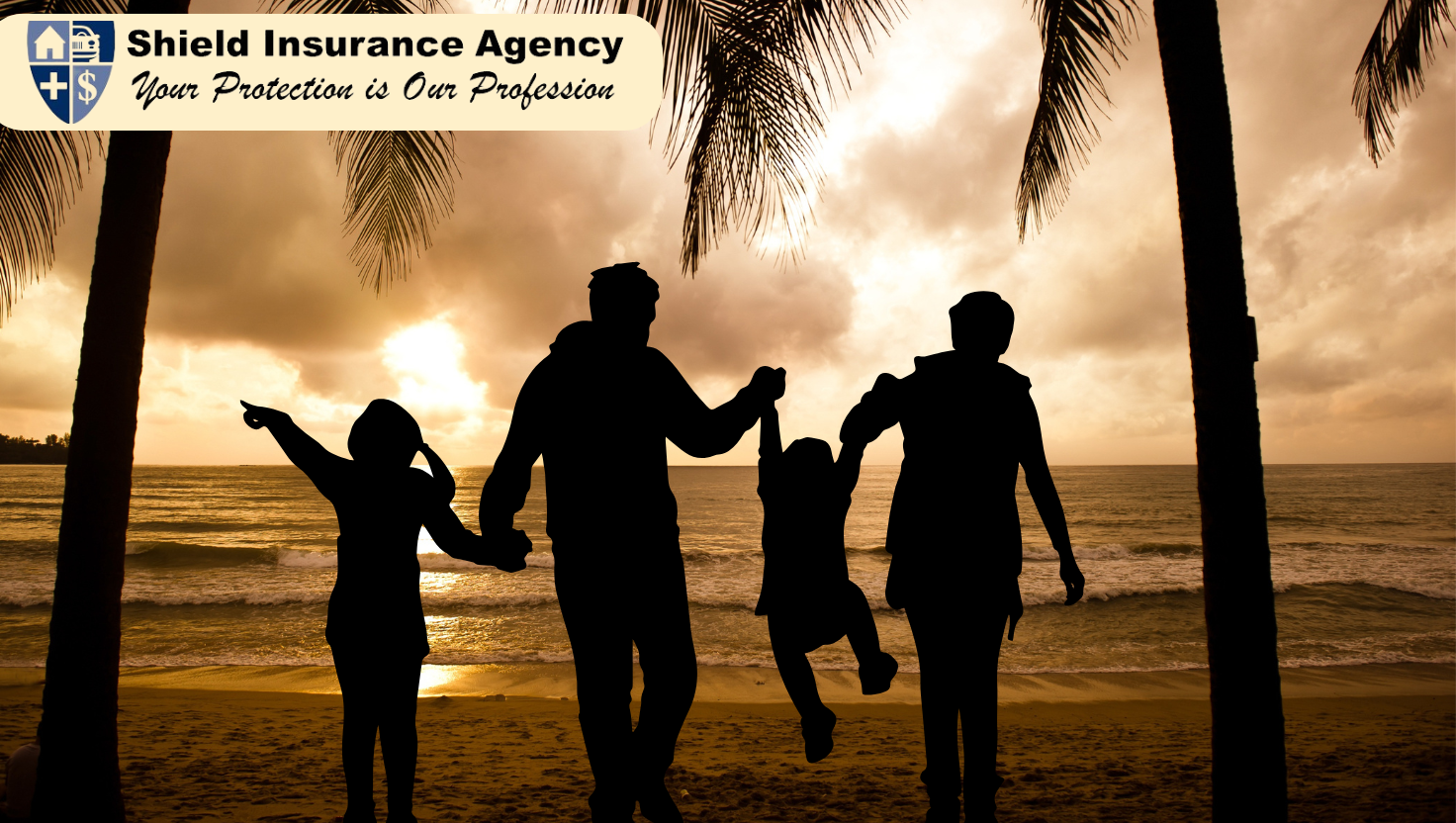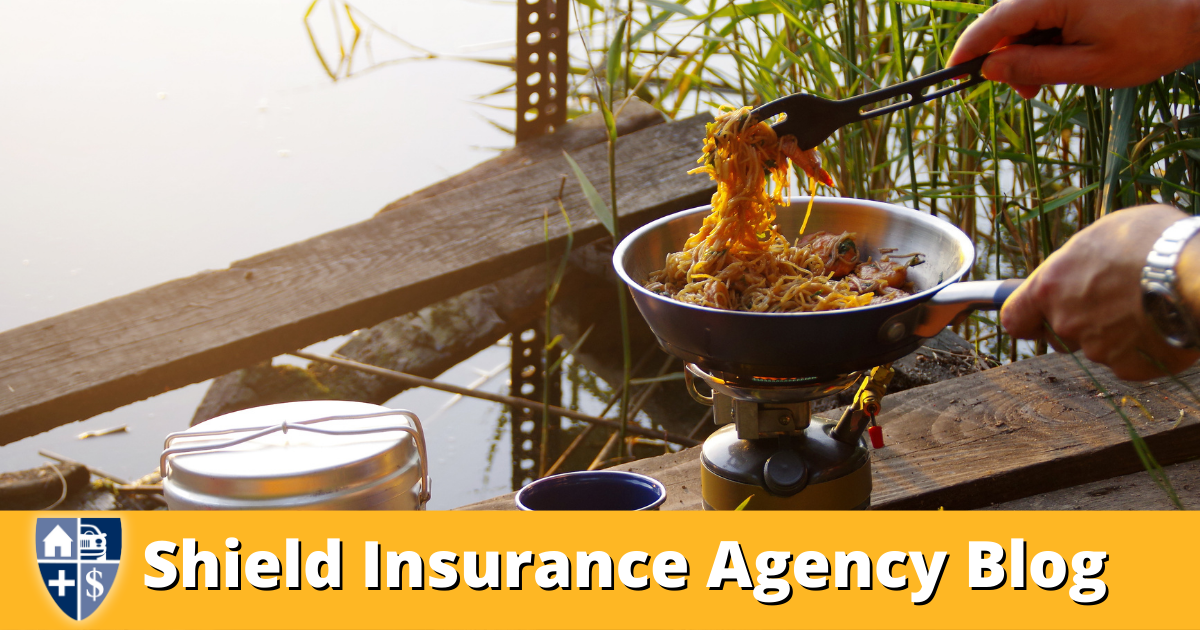
Five Ways to Cook While on the Road
by Jenean McLoskey | Cook | RV Insurance | Shield Self Quoting Portal
Traveling on the road in your Recreational Vehicle can get pricey if you eat out for every meal, but cooking your own meals may require some creativity. While many RVs do have full, functional kitchens, some may not have that option. However, there are other ways to cook your meals in and around your RV safely, even if you don’t have a source of heat.
Here are five unique ways you can cook delicious meals while you’re on the road!
- Propane StoveIf you already have a stove in your RV, use it to your advantage! The burners are most likely smaller than your regular stove at home, so be sure to buy the appropriate-sized cookware for it. Keep in mind that if you have a refrigerator in your RV, it most likely runs on propane too. Be sure to bring enough propane tanks on your trip if you plan on using both!
- Portable Grill No stove? No problem! There are plenty of electric grills you can bring on the road to cook all of your favorite foods. Please remember, do not use any of these grills inside of your RV due to flames and the poisonous gases these grills can give off. They are for outside use only!
- Cook With FireWho doesn’t love a good cookout? Many RV parks offer fire pits and grills for guests, so you may not even need to bring your own. This is also a perfect opportunity to grill a bunch of foods at once so you have leftovers for the next couple of days. With this option, you also need to make sure you are not around your RV while grilling to avoid a serious fire or any kind of explosion.
- Home Kitchen AppliancesYou don’t need to say goodbye to your favorite appliances just because you’re away from home. You can bring along your toaster oven, microwave, pressure cooker, blender, etc. as long as they are all safe for RV usage. If you are unsure if your appliance is safe to use, call the manufacturer to get more information.
- Prepare No-Cook MealsIf you have no stove, no grill, or you’re just not in the mood to cook – go cold! There are plenty of recipes you can prepare without heat such as salads, sandwiches, wraps, pastas, and, of course, any kind of fruit.
Before you begin cooking food of any kind in your RV, you should have basic fire safety materials available at all times. Putting together an easy-to-access fire safety kit and having a fire extinguisher on hand will make all the difference during your cooking ventures. Visit the Learning Center for more information on RV fire safety. Have fun and happy cooking!




